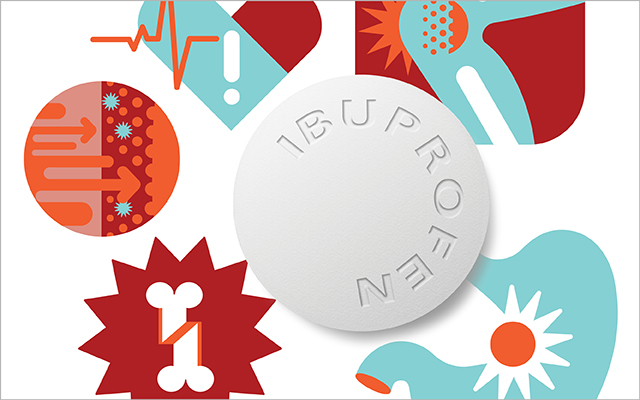A couple of weeks ago, I tweaked a muscle in my lower back while flinging my kettlebell around and then wrenched it good a few days later while putting away our concrete birdbaths for the winter. It wasn’t too serious, just scary enough to convince me to leave my kettlebell alone for a while and ignore all other tasks that involve bending over.
This is how I handle pain: Slow down and let my body heal itself.
There are other options, of course. A colleague of mine tends to reach for a couple of Advil when this sort of thing happens to him; other folks head to the doctor for some pain meds.
I’ve never suffered from chronic pain, so I’m not about to judge the actions of those who do, but I was struck by a recent article in The New Yorker that described the dramatic increase in the use — and abuse — of prescription pain-killers by outpatients. Celine Gounder, a physican and public-health specialist, writes that Americans now consume 99 percent of the hydrocodone on the world market, plus 80 percent of the oxycodone, and 65 percent of the hydromophone, and she asks, “How did doctors, who pledge to do no harm, let the use of prescription narcotics get so out of hand?”
The manufacturers of the narcotics played a major role, Gounder reports, aggressively marketing their drugs (Vicodin, Percocet, OxyContin, Dilaudid, and others) as an ongoing treatment option for neck and back pain, while also funding research to build scientific evidence for the efficacy of their drugs. But consumers have also been culpable. As Gounder puts it, “Many people believe in the power of modern medicine to cure illness, and bristle at the notion that pain is a fact of life. The promise of a set of medicines that could cure pain was appealing to many patients — and, with a customer-is-always-right mentality having pervaded the doctor’s office, patients were able to pressure physicians to satisfy their requests for the pain pills they’d begun hearing about.”
What most patients don’t want to hear is that prescription narcotics will eventually lose their power to mask the pain and that a combination of short-term pain medication with physical therapy, massage, acupuncture, and other alternatives is typically more effective. They just want to be able to pop a pill, and most doctors are more than willing to oblige them. “We are predisposed to say yes, even if we know it isn’t right,” Gounder writes. “Some of us just don’t want to take the extra time during a busy day to explain why that prescription for a narcotic isn’t a good idea. Some of us also use the promise of prescription narcotics to persuade patients to keep their medical appointments, or to take their other medication.”
This is a side of the healthcare debate that we seldom see. Doctors trying to do the right thing, but are hamstrung by a lack of time and energy as they try to placate patients who want simple solutions to their problems. It almost makes me want to make an appointment with my doc and let him tell me I don’t need no stinking pain pills and just lay off the kettlebell for a while. And I’d do it, too, if my back wasn’t feeling so much better.


This Post Has 0 Comments